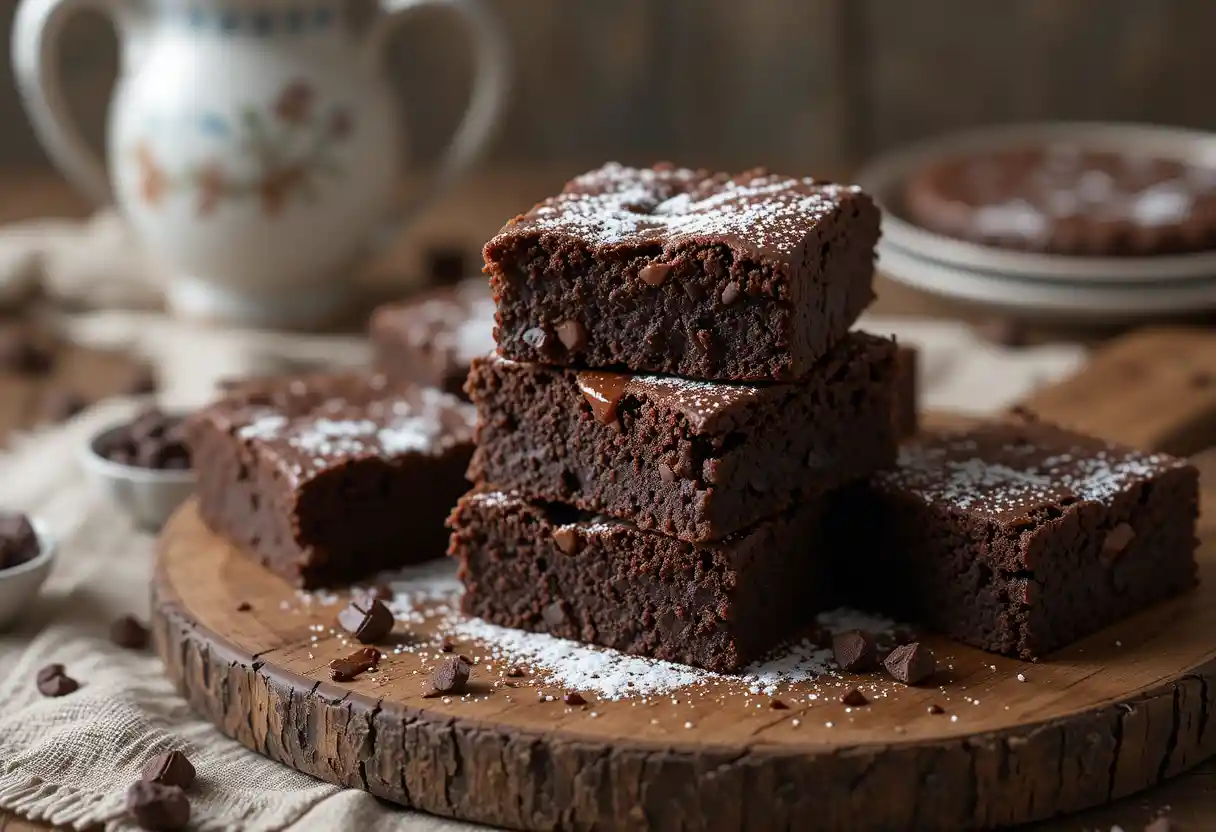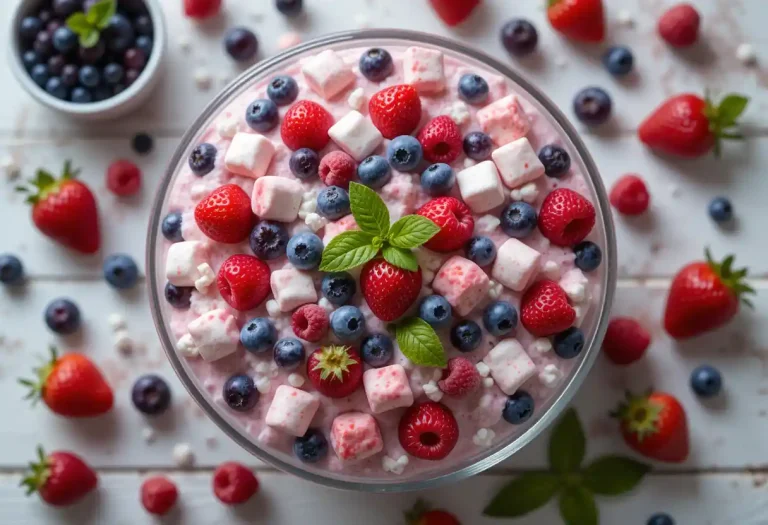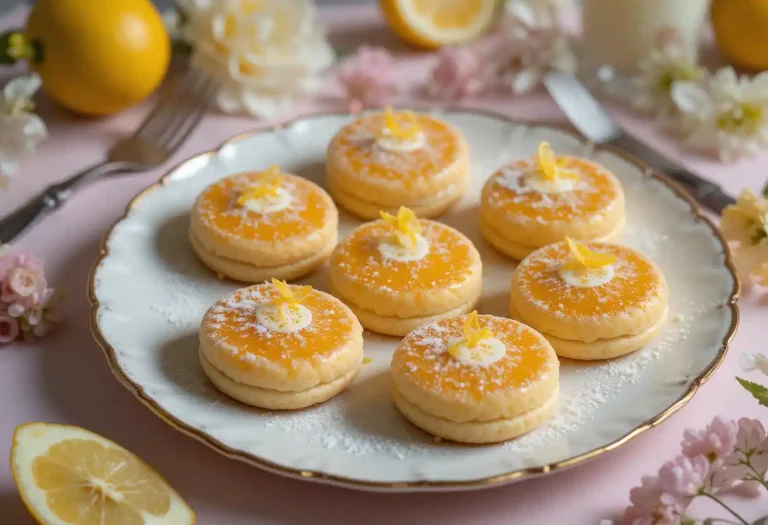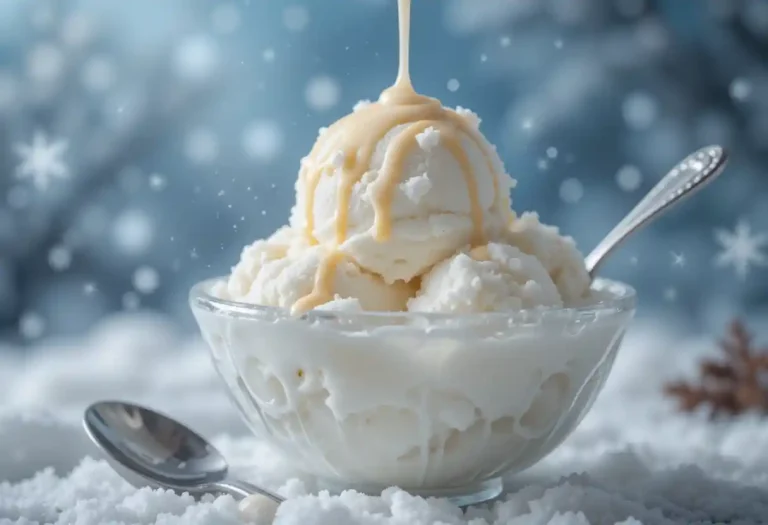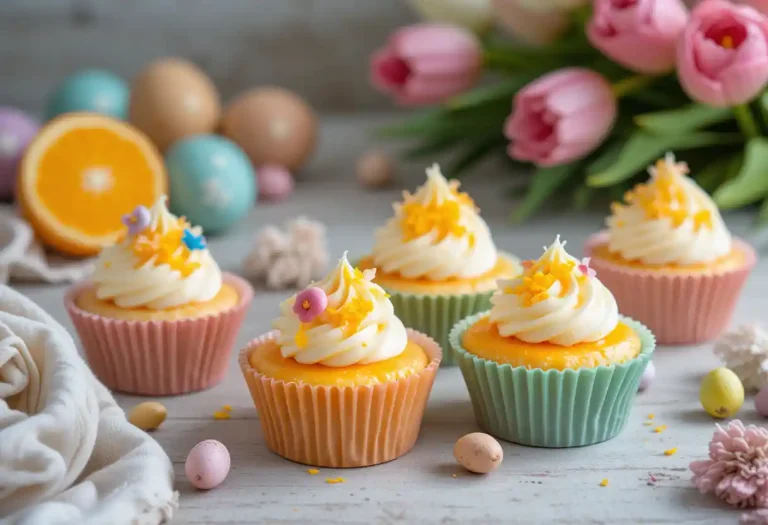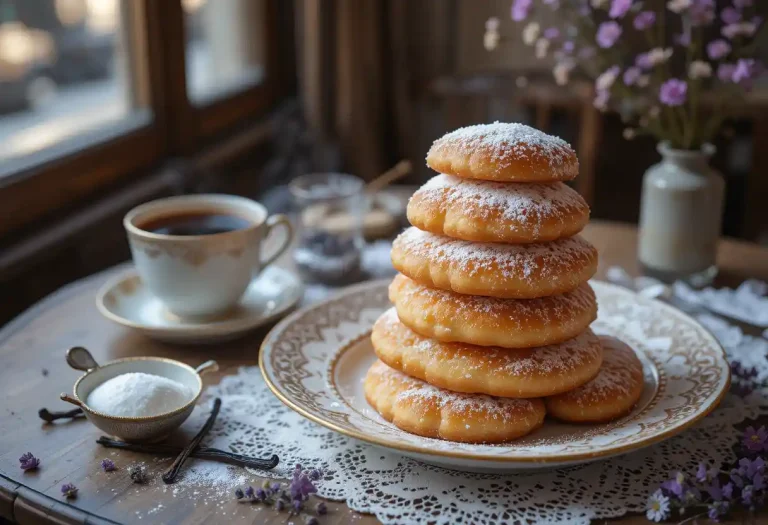The Irresistible Charm of Brownies: A Deep Dive Into the Beloved Classic
Few desserts command as much universal affection as brownies. Whether you prefer them fudgy and dense or cakey with a delicate crumb, brownies strike the perfect balance between comfort and indulgence. Their ease of preparation makes them a staple in home kitchens, yet their depth of flavor and versatility allows them to shine on upscale dessert menus as well.
This post explores the brownie’s origins, what makes the perfect brownie, ingredient science, creative variations, and expert baking tips. Whether you’re new to baking or a seasoned enthusiast, this deep dive is your guide to everything brownie.
The Origin of Brownies: A Bit of Culinary History
The precise origin of the brownie is somewhat debated, though it is widely believed to have been invented in the United States. One popular story suggests it was the result of a baking mistake—a chocolate cake that failed to rise. Another attributes the creation to the Palmer House Hotel in Chicago in the late 1800s. The story goes that the hotel’s owner requested a portable, indulgent dessert that could be served in boxed lunches. The result was a rich, dense, chocolate square—what we now recognize as a brownie.
By the early 20th century, brownies had made their way into cookbooks, including Fannie Merritt Farmer’s 1906 edition of The Boston Cooking-School Cook Book. These early recipes used less chocolate than modern versions, but they laid the foundation for what would become one of the most beloved desserts in the world.
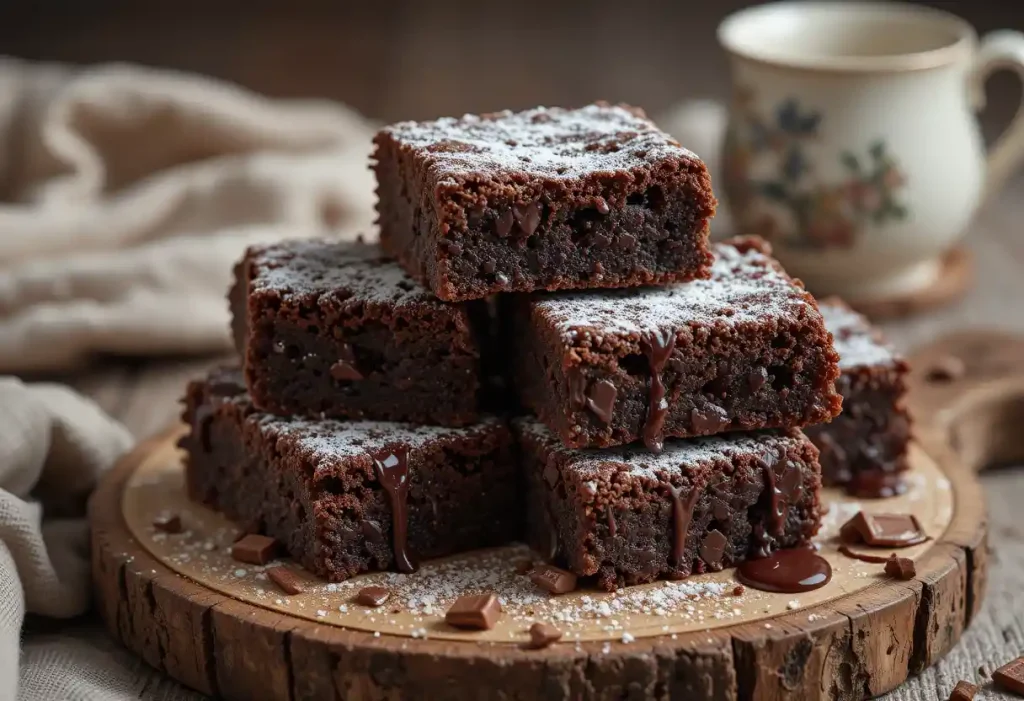
The Anatomy of a Perfect Brownie
Defining the perfect brownie depends on individual taste, but certain characteristics are consistently sought after—intense chocolate flavor, the right balance of moisture and structure, and that signature shiny, crackly top.
Texture: Brownies generally fall into three categories: fudgy, cakey, and chewy. Fudgy brownies are rich and dense with a soft center. Cakey brownies have a light, airy texture more similar to chocolate cake, while chewy brownies land somewhere in the middle, with a satisfying bite and a slightly denser crumb.
Flavor: At the heart of every brownie is chocolate. The type and quality of chocolate used—whether cocoa powder, melted chocolate, or both—significantly influence the flavor. Enhancers like espresso powder, vanilla extract, or even a pinch of sea salt can amplify the chocolate and add complexity.
Crust: That paper-thin, glossy crust is a hallmark of a well-made brownie. It forms when sugar and eggs are beaten together thoroughly before the dry ingredients are added. This step helps create a meringue-like top layer during baking.
Key Ingredients and Their Roles
Each ingredient in a brownie plays a crucial role in determining the final texture and flavor. Understanding how these components interact allows bakers to tailor their brownies to their preferences.
Butter: Provides richness and contributes to a moist, tender crumb. Using melted butter often results in a denser, fudgier brownie.
Sugar: Granulated sugar sweetens and helps form the shiny crust, while brown sugar adds moisture and a hint of molasses flavor, enhancing chewiness.
Eggs: Offer structure and stability. Beating the eggs and sugar together also incorporates air, which helps develop the top crust.
Flour: Gives structure to the brownies. Less flour typically results in a fudgier texture, while more flour leads to a cakier consistency.
Cocoa Powder and Chocolate: Cocoa provides intense chocolate flavor without adding fat, while melted chocolate adds richness and a softer texture. Many recipes combine both for a more complex flavor.
Salt: A small but essential ingredient that balances sweetness and deepens flavor.
Optional add-ins, such as chocolate chips, chopped nuts, swirls of caramel, or cream cheese, provide additional texture and flavor, making each batch unique.
Popular Brownie Variations
The beauty of brownies lies in their versatility. By swapping a few ingredients or adding a twist, you can create endless variations to suit any occasion or preference.
Blondies: Often called the “vanilla version” of brownies, blondies use brown sugar and vanilla in place of cocoa or chocolate, resulting in a butterscotch-like flavor.
Nut Brownies: Adding walnuts, pecans, or almonds brings a crunchy texture and toasty flavor contrast to the soft interior.
Caramel Swirl Brownies: Ribbons of homemade or store-bought caramel add gooey sweetness and visual appeal.
Cheesecake Brownies: A layer of cheesecake batter swirled into brownie batter adds tanginess and creaminess for an indulgent twist.
Espresso Brownies: A small amount of espresso powder enhances the chocolate flavor and adds a subtle coffee undertone.
Gluten-Free Brownies: Substituting traditional flour with almond flour or gluten-free flour blends can produce delicious results without compromising on texture.
Vegan Brownies: By using plant-based substitutes like flax eggs and dairy-free chocolate, vegans can enjoy brownies that are just as rich and satisfying.
The Brownie as a Creative Canvas
Beyond the classic square, brownies can be used as a base for numerous dessert presentations. Crumble them into trifles, layer them in ice cream sundaes, or bake them in muffin tins for individual servings. Some creative bakers incorporate flavors like tahini, miso, or chili powder for unexpected depth.
Brownies are also ideal for combining with other treats. Think brownie-stuffed cookies, brownie-topped milkshakes, or even layered bars with cookie dough and Oreos. The possibilities are endless and allow bakers to push boundaries while still honoring the core qualities of this beloved dessert.
Common Brownie Baking Mistakes and How to Avoid Them
Even a simple recipe like brownies can go wrong if certain techniques are overlooked. Here are some common pitfalls to watch out for:
Overmixing: Once the flour is added, stir just until combined. Overmixing can activate gluten and result in tough brownies.
Overbaking: Brownies continue to cook after they’re removed from the oven. Take them out when the center is just set and a toothpick comes out with a few moist crumbs.
Poor chocolate quality: Since chocolate is the star ingredient, using high-quality cocoa and chocolate bars will make a noticeable difference.
Skipping parchment paper: Lining your pan with parchment paper ensures easy removal and clean, sharp edges for serving.
Incorrect pan size: Using a pan that’s too large or too small can affect bake time and texture. Always follow the recommended size in your recipe.
Cultural Significance and Emotional Resonance
Brownies are more than a dessert—they’re a part of American culinary culture and a nostalgic symbol of home baking. They’re often the first thing a young baker learns to make, the go-to treat for potlucks and birthday parties, and a comforting gift for a friend in need.
They’ve also become a part of popular food trends, from viral TikTok recipes to gourmet bakery offerings. Whether you’re enjoying a nostalgic batch from a box mix or a scratch-made version infused with rich chocolate and gourmet add-ins, brownies continue to hold a place in our hearts and kitchens.
The Everlasting Appeal of Brownies
So, what is it about brownies that makes them so beloved? Their simplicity, versatility, and comforting flavor all play a role. They can be dressed up or down, served warm or chilled, enjoyed plain or enhanced with toppings.
Perhaps more than anything, brownies evoke a feeling. The aroma of baking chocolate, the anticipation of slicing into a warm pan, the satisfaction of a gooey bite—these moments create memories that last a lifetime.
In a world of ever-evolving food trends, brownies remain a timeless favorite. They’re proof that sometimes, the simplest recipes are the most powerful. Whether you bake them for a celebration, a craving, or just because, brownies are a delicious reminder of the joy found in everyday indulgence.
